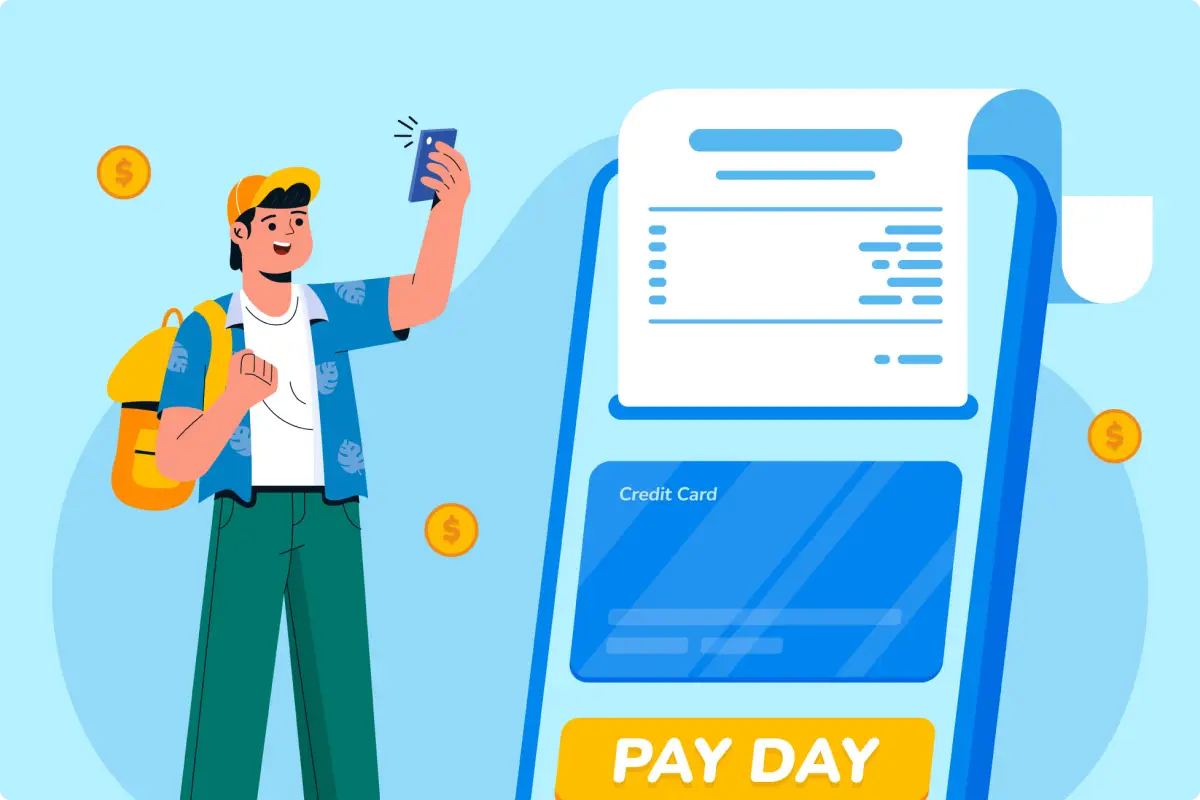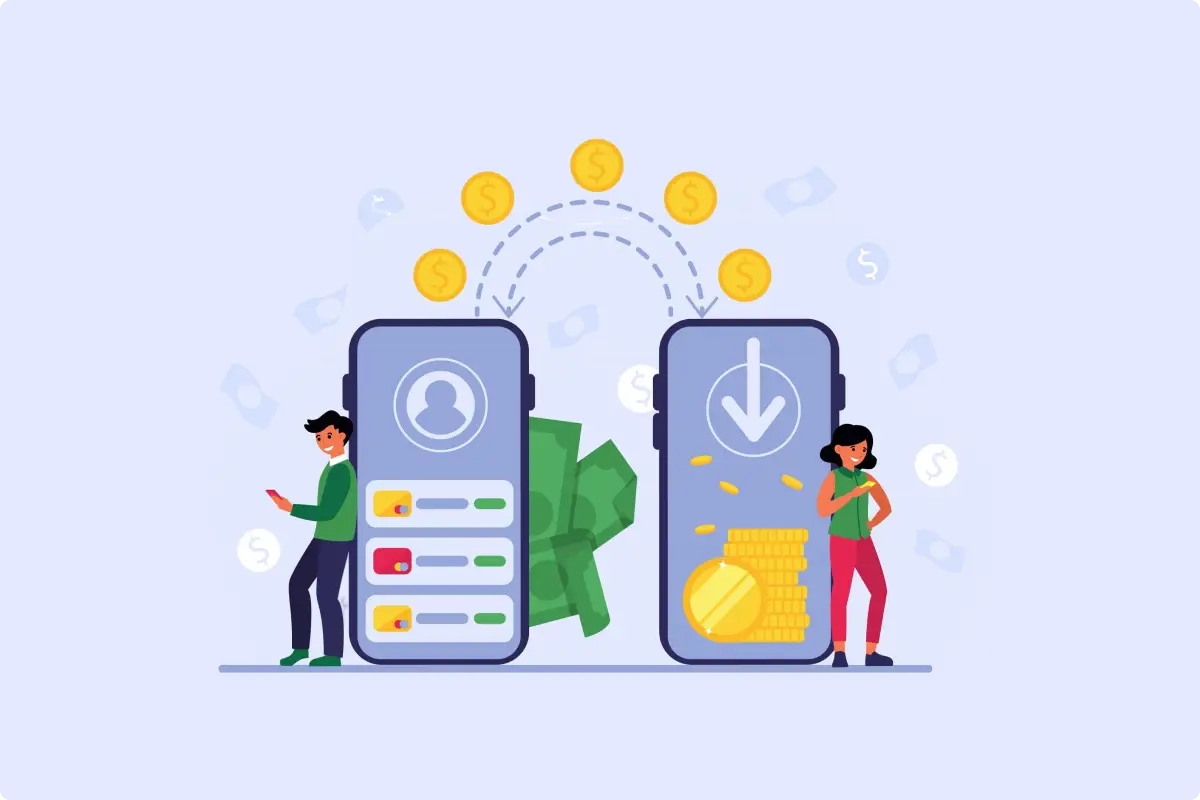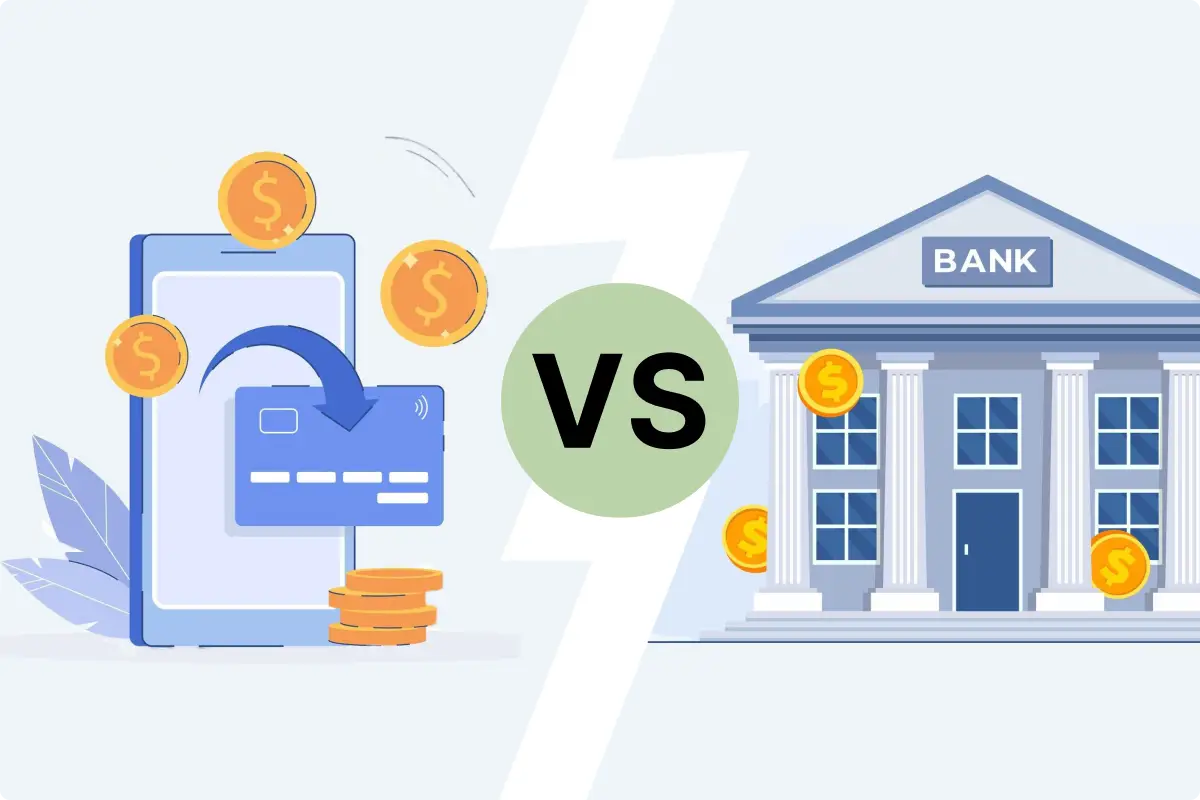Mobile Money Trends: The Future of Financial Services in the Digital Age

In recent years, mobile money has emerged as a game-changer in the world of financial services. With smartphones becoming more accessible and internet penetration expanding globally, the way we manage money is undergoing a massive transformation. From peer-to-peer payments to mobile wallets, the shift toward mobile money is reshaping how people save, spend, and invest.
In this blog, we’ll explore some of the most significant mobile money trends that are driving this revolution and why businesses should pay close attention.
1. Rise of Mobile Wallets and Digital Payments
One of the most prominent mobile money trends is the increasing adoption of mobile wallets. Services like Apple Pay, Google Pay, and Samsung Pay are leading the charge, offering users a convenient, secure way to make payments with just a tap of their phones. These wallets store credit and debit card information, making in-store, online, and even peer-to-peer payments faster and simpler.
The appeal lies in the ease of use and security. Mobile wallets encrypt sensitive financial information, adding layers of protection against fraud and identity theft. With contactless payments becoming the norm, businesses that accept mobile wallet payments are positioned to stay competitive in a tech-savvy, digital-first world.
2. Peer-to-Peer (P2P) Payment Platforms are Expanding
Peer-to-peer (P2P) payment systems, such as Venmo, Zelle, and Cash App, have seen explosive growth. These platforms allow users to send money instantly to friends, family, or even businesses without needing a bank account or physical card. Whether splitting dinner bills or paying rent, P2P payments have become an essential tool in everyday life.
Businesses are also starting to integrate these platforms into their payment systems. Small businesses, freelancers, and even larger corporations are adopting P2P payment methods to streamline transactions and improve customer satisfaction. This trend is expected to continue as digital wallets become more widely accepted across various industries.
3. The Push for Financial Inclusion
Mobile money has proven to be a powerful tool for financial inclusion. In many parts of the world, particularly in developing countries, traditional banking infrastructure is limited. Mobile money services, like M-Pesa in Kenya, have brought banking services to millions who previously lacked access. These services allow users to send and receive money, pay bills, and even access microloans via their mobile phones.
As mobile money continues to evolve, new solutions will emerge to cater to underserved populations. For instance, mobile wallets may integrate savings accounts, insurance, and investment tools, enabling individuals to manage their finances more effectively, regardless of their location.
4. Cryptocurrency and Blockchain Integration
While mobile money has traditionally been linked to fiat currencies, there’s a growing trend toward integrating cryptocurrencies and blockchain technology into mobile payment systems. Bitcoin, Ethereum, and other cryptocurrencies are increasingly being used as alternative forms of payment, and mobile wallets are starting to support these digital currencies.
Blockchain technology, which underpins cryptocurrencies, offers enhanced security and transparency. By integrating blockchain into mobile money systems, financial transactions can become more secure, faster, and less prone to fraud. This trend is particularly important for international money transfers, as it could eliminate the need for intermediaries, making cross-border payments more affordable and efficient.
5. Contactless Payments and Biometric Security
Contactless payments are growing in popularity, with mobile phones and cards being equipped with NFC (Near Field Communication) technology. The convenience of tapping a phone to make a payment has led to its widespread adoption, especially in public transportation systems, retail, and food services.
Alongside this, biometric authentication—such as fingerprint scanning and facial recognition—is becoming a common security feature. This trend not only adds an extra layer of security but also enhances the user experience, making mobile payments faster and more convenient. With biometric authentication, users no longer need to remember complex passwords, improving both security and usability.
6. AI and Machine Learning in Mobile Payments
Artificial Intelligence (AI) and Machine Learning (ML) are being integrated into mobile money services to enhance user experience and improve security. These technologies are used to analyze transaction patterns, detect fraudulent activities, and offer personalized financial advice.
For example, AI can identify unusual spending behavior and alert users to potential fraud. Similarly, AI-powered chatbots are increasingly being used to provide customer support, answering queries, and helping users resolve issues quickly and efficiently.
7. Expansion of Mobile Payment Options for E-Commerce
As e-commerce continues to grow, so does the demand for seamless mobile payment options. Consumers want quick, easy, and secure payment methods when shopping online, and mobile money provides the perfect solution. Retailers are integrating mobile wallets and P2P payment options directly into their websites and apps, providing customers with more flexibility when making purchases.
Mobile money is also enhancing the subscription-based business model. From digital subscriptions to streaming services, mobile wallets and payment apps are making it easier for users to manage recurring payments.
8. Mobile Money for Business Growth
For businesses, the benefits of mobile money extend beyond customer convenience. Mobile payment solutions can help streamline operations by reducing the need for cash handling, improving cash flow management, and enabling more efficient invoicing and payments.
Small and medium-sized enterprises (SMEs) are particularly benefiting from mobile money, as it allows them to expand their customer base by accepting a wide variety of payment methods without the need for expensive point-of-sale (POS) systems.
Conclusion: The Future of Mobile Money
The mobile money landscape is evolving rapidly, and we can expect these trends to continue shaping the financial services industry. Whether you’re a consumer looking for convenience and security or a business striving for growth, embracing mobile money solutions will be key to staying ahead in an increasingly digital world.
For businesses, adopting mobile payment methods and staying on top of these trends is essential for remaining competitive in the ever-changing financial ecosystem. As mobile money continues to redefine how we interact with money, the possibilities for innovation are endless, and the future looks incredibly promising.
Stay tuned for more updates on the latest mobile money trends and how you can leverage them to grow your business!

Download User App & Agent App
All the power of niche in your pocket. Schedule, publish and monitor your accounts with ease.
Popular articles!
See More






